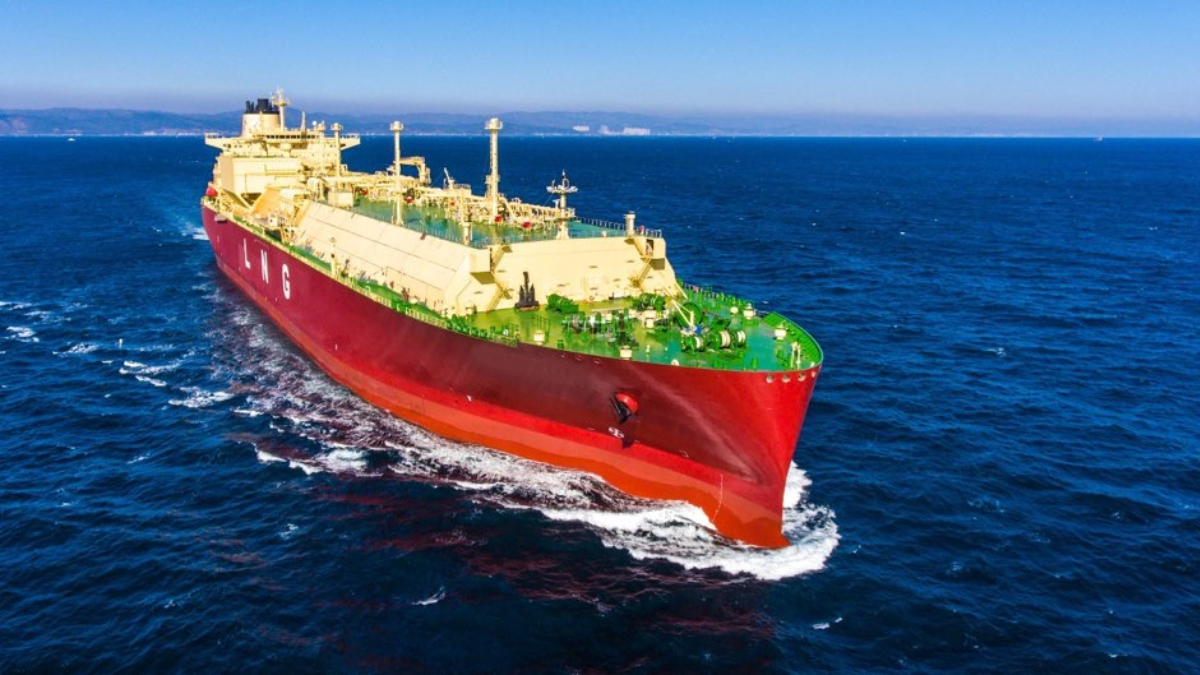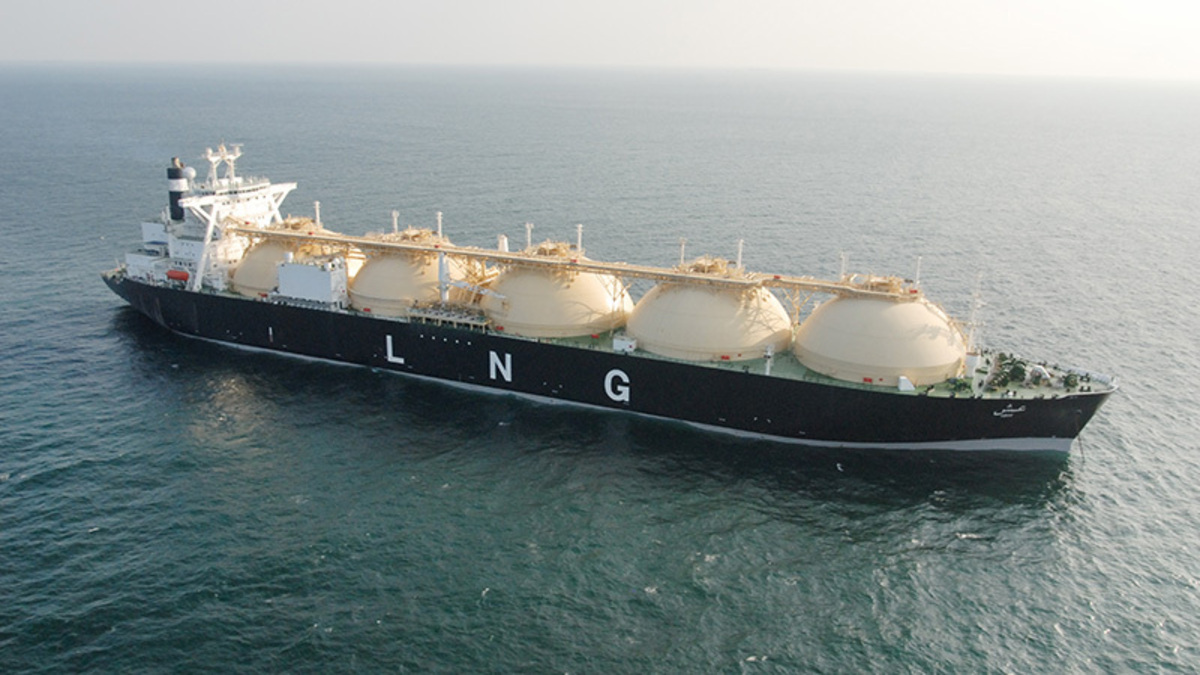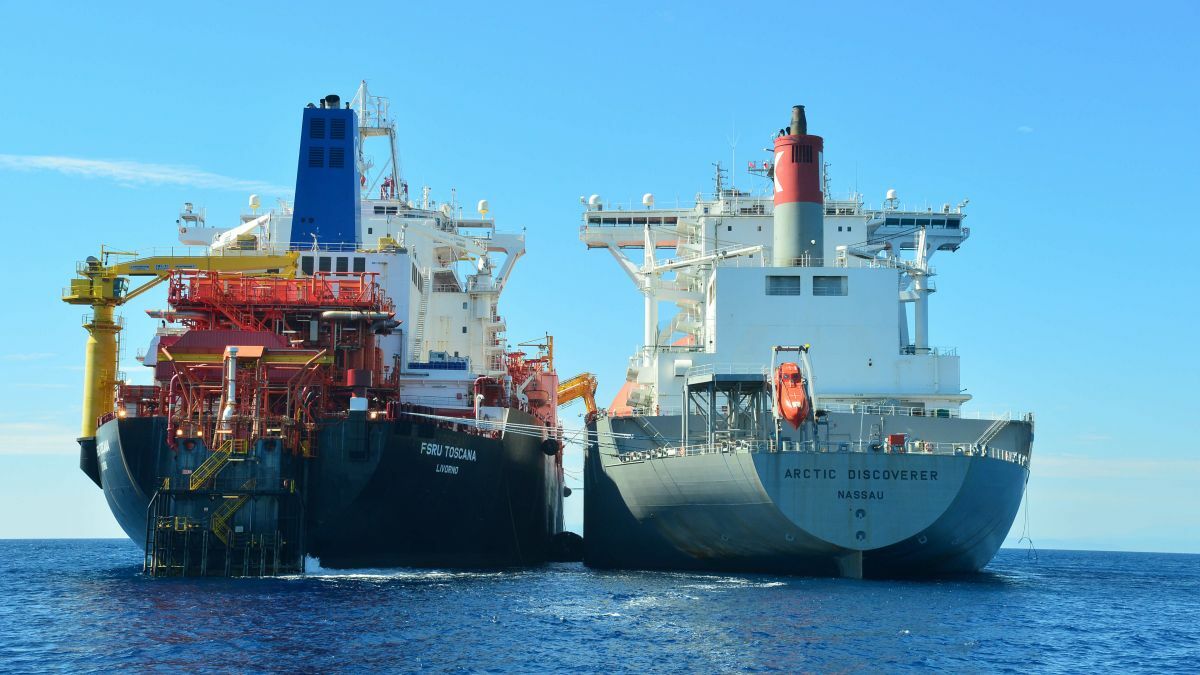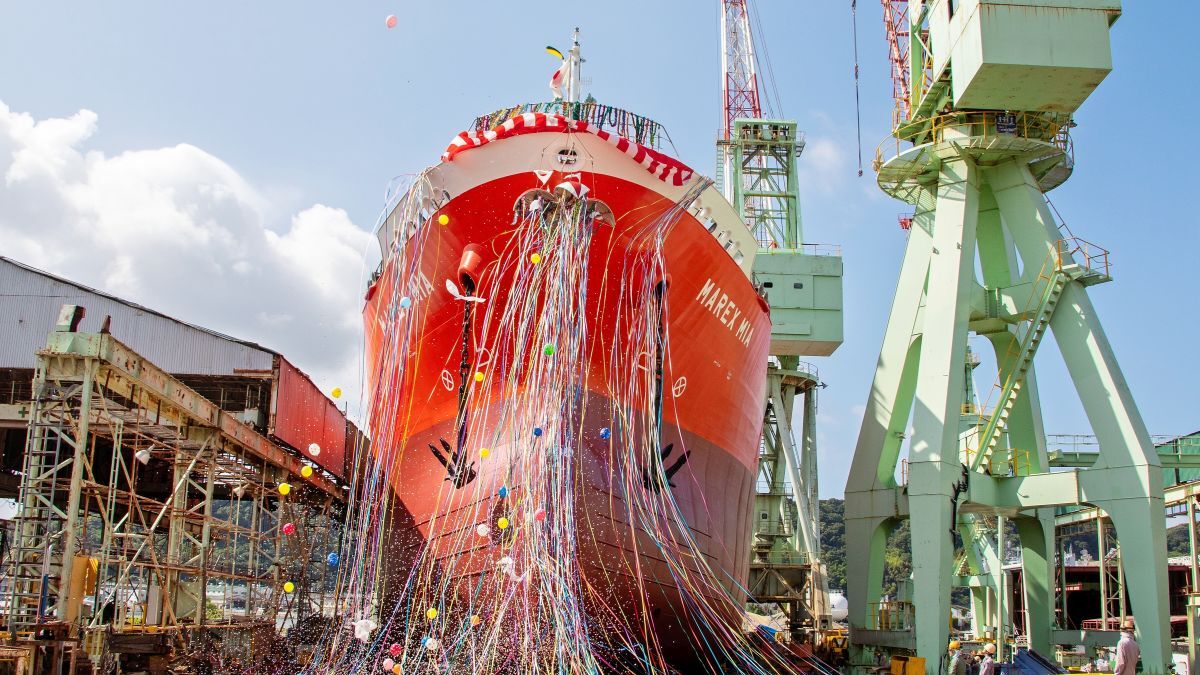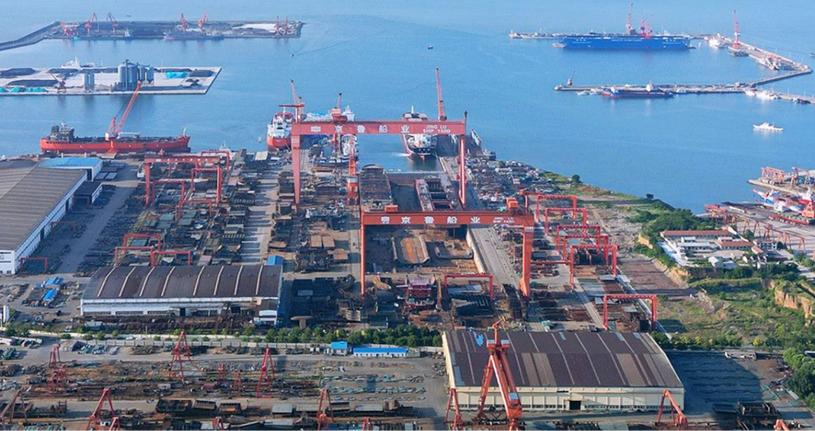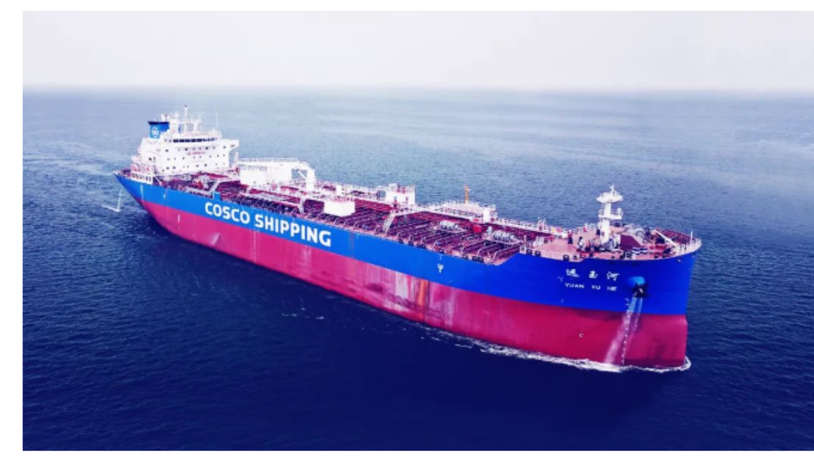Business Sectors
Contents
Register to read more articles.
Undisclosed European owner orders trio of 200,000-m3 LNG carriers
Three of the largest capacity and highest value LNG newbuilds have been booked by an undisclosed European shipowner at South Korea’s Hyundai Heavy Industries (HHI)
BRL Newbuilding Contracts Weekly reports each of the LNG carriers will have a capacity of 200,000 m3 and they are priced at $234.3M each. “This is the highest value yet in over a decade and is also for the biggest capacity with 174,000-180,000 m3 being the usual norm,” said BRL.
This follows a US$217.4M contract signed by HHI in mid-February for the construction of an LNG carrier with an Asian shipping company for delivery in August 2024. In early February, HHI signed a contract to build two LNG carriers for an African shipping company.
In a stock exchange filing in February, Hyundai Mipo Dock reported the termination of a US$60.6M contract for the construction of a 12,500-m3 LNG bunker vessel with a European shipowner. Reasons for the termination were “because the shipowner fails to comply with the contract entry conditions,” according to the filing. The LNG bunker vessel would have been delivered in 2024.
ADNOC orders two
Meanwhile, UAE-based ADNOC Logistics has ordered two 175,000-m3 LNG carriers with China’s Jiangnan Shipyard priced at US$200M per vessel. The contract contains options for two additional LNG carriers with membrane containment systems.
ADNOC Logistics & Services’ current gas carrier fleet includes eight LNG carriers, five very large gas carriers and one multi-gas carrier.
The newbuilding order follows ADNOC’s 15-year charter agreement with Atlantic, Gulf & Pacific International Holdings for the supply, operations and maintenance of Ish, a 137,512-m3 Moss-type containment floating storage unit (FSU) for the first Philippines LNG Import Terminal (PHLNG) in Batangas Bay. The FSU is part of the combined offshore and onshore terminal that will have an initial capacity of 5 mta.
Located at Luzon, the hybrid-designed PHLNG import terminal will be commissioned in two phases. The first phase will be commissioned with the FSU storage in Q3 2022, and the two additional onshore storage tanks will be integrated by the end of the second phase in 2024. Then, PHLNG will have scalable onshore regasification capacity of 504M standard cubic feet per day (mmscfd) and 257,000 m3 of storage for its customers. The terminal will also act as a gateway in providing breakbulk LNG supply to various islands across the country.
The PHLNG import terminal is under construction and commercial operation is scheduled to commence in early Q3 2022.
As a result of the latest orders, 23 LNG newbuildings have been placed at shipyards in 2022, pushing the total orderbook to 234 LNG carriers.
Riviera Maritime Media will provide free technical and operational webinars in 2022. Sign up to attend on our events page
Related to this Story
Events
LNG Shipping & Terminals Conference 2025
Vessel Optimisation Webinar Week
Marine Coatings Webinar Week
© 2024 Riviera Maritime Media Ltd.


